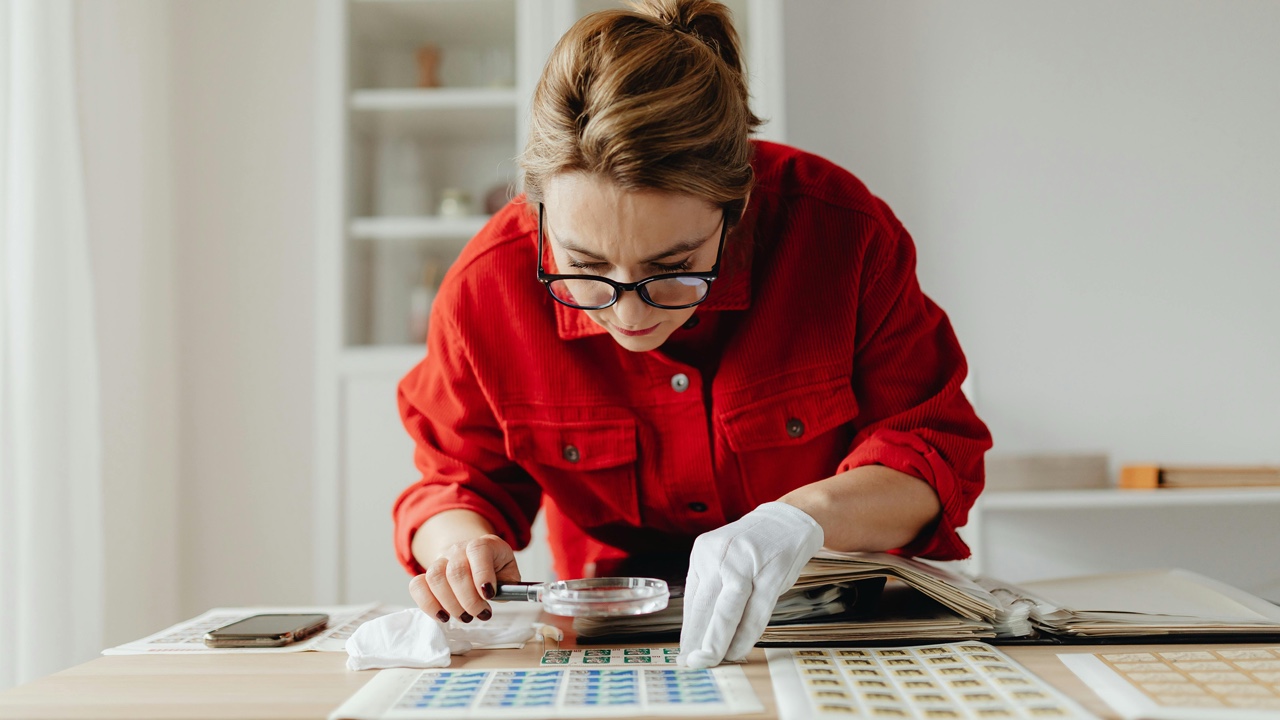In the thrilling world of collecting, nothing kills the vibe faster than realizing you’ve bought a dud. But fear not! With a keen eye and a few savvy tricks, you can dodge the phonies and feel like a pro—even if you’re just getting started.
Trust Your Gut (It Knows More Than You Think)
If something feels off, it probably is. Whether it’s a suspiciously low price, blurry photos, or a seller that seems evasive, don’t ignore that tiny voice in your head whispering, “hmmm.” Gut-checks are underrated and often spot-on.
Compare With a Known Real Version
Side-by-sides are your secret weapon. Look at verified originals and compare color, size, font, labels—anything that feels even slightly different. A real piece has specific details that fakes often skip or get just wrong enough.
Ask for Detailed Photos
Zoom is your best friend. Ask the seller for clear, high-resolution photos from multiple angles. Look closely for inconsistencies, poor craftsmanship, or anything fuzzy—blurry images may be hiding flaws or signs of forgery.
Look at the Materials
Cheap imitations often use cheaper stuff. Whether it’s plastic instead of metal or flimsy stitching on what should be a premium piece, materials tell stories. If it doesn’t feel right, it probably isn’t right.
Double-Check Labels, Logos, and Marks
Logos don’t lie—unless they’re poorly copied. Study the brand or maker’s mark down to the font style and spacing. A missing symbol, wonky alignment, or off-color stamp is usually a dead giveaway.
Research the Seller’s Reputation
A quick online search can tell you a lot. Reputable sellers usually have reviews, storefronts, or social proof. If someone’s new, anonymous, or dodgy about sharing info, it’s okay to click away and keep browsing.
Know the Market Value
If the deal sounds too good to be true, it probably is. Understanding the average price range for what you’re collecting helps you avoid getting duped by a “rare find” that’s more scam than steal.
Use a Blacklight (Seriously)
For certain items—think vintage posters, designer bags, or rare currency—a blacklight can expose everything from fake paint to modern-day glues. It’s a fun tool to keep in your detective kit, and it works surprisingly well.
Watch Out for Vague Descriptions
If the listing is all buzzwords and no substance, be suspicious. Phrases like “inspired by” or “authentic-style” are sneaky ways to dress up a fake. If there’s no proof or specifics, you’re probably looking at a knockoff.
Ask Questions—and Note the Answers
A legit seller should know their stuff. Ask about origin, age, materials, and provenance. If they get defensive or give weirdly vague answers, that’s your cue to back away with your wallet still intact.
Get Familiar With Common Fakes
Every collectible niche has its fakes. Whether it’s bootleg toys, counterfeit sneakers, or reproduction coins, knowing what kinds of fakes are out there helps you spot red flags before they become buyer’s remorse.
Trust Third-Party Authentication
When in doubt, call in the experts. Some services or communities specialize in authenticating collectibles. It might cost a little, but it’s worth it for peace of mind—and to avoid ending up with a fancy paperweight.
Don’t Rush—Pause and Verify
Scammers love urgency. Limited time offers and high-pressure pitches are designed to push you into a bad decision. Take your time, double-check everything, and remember: no great find is worth the headache of getting burned.



Leave a Reply